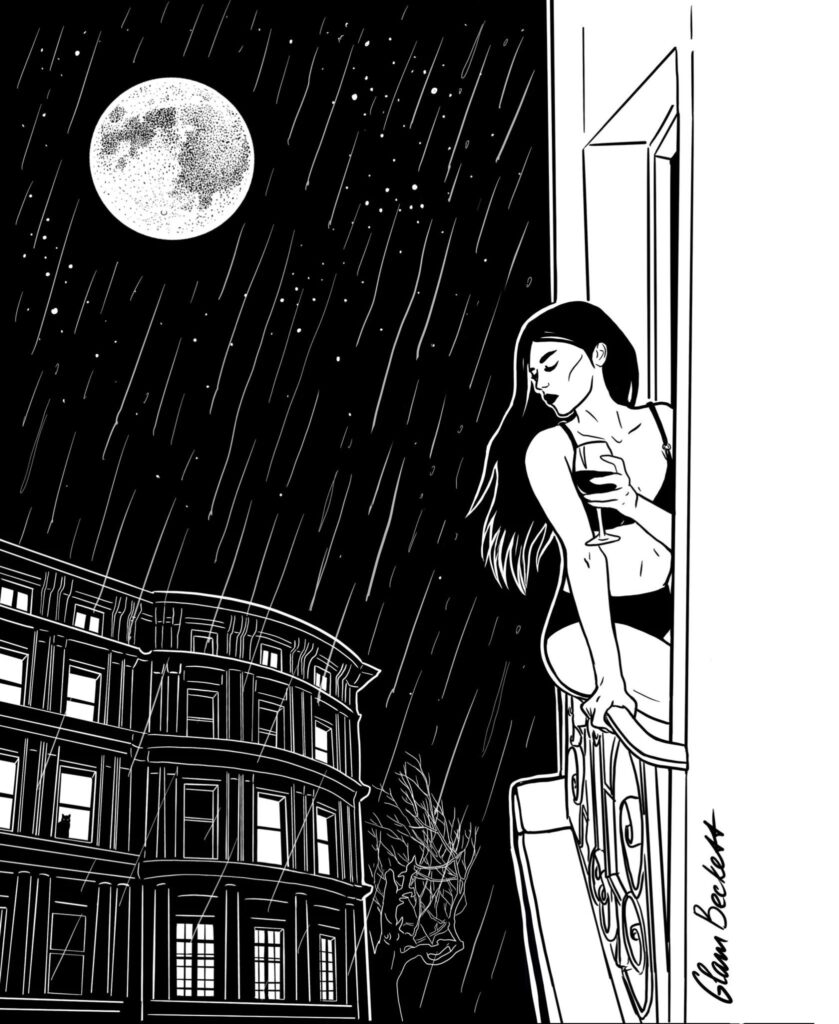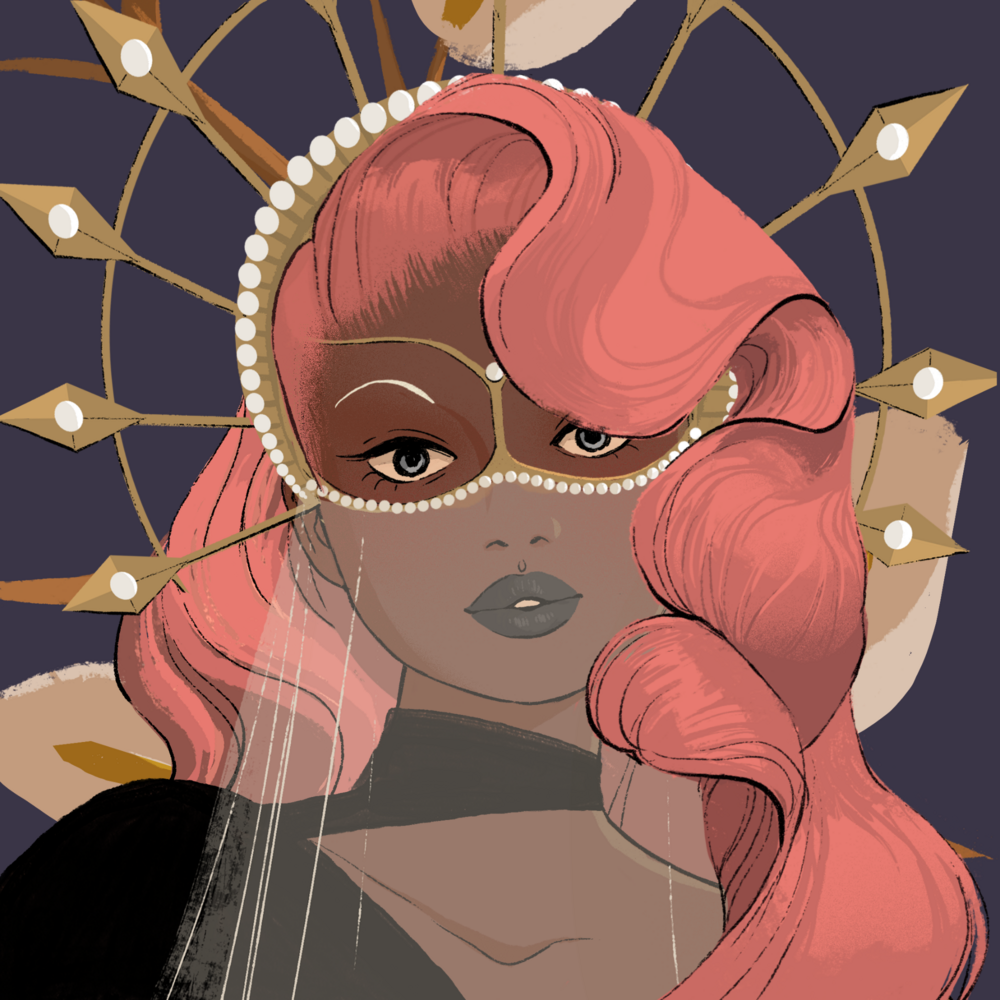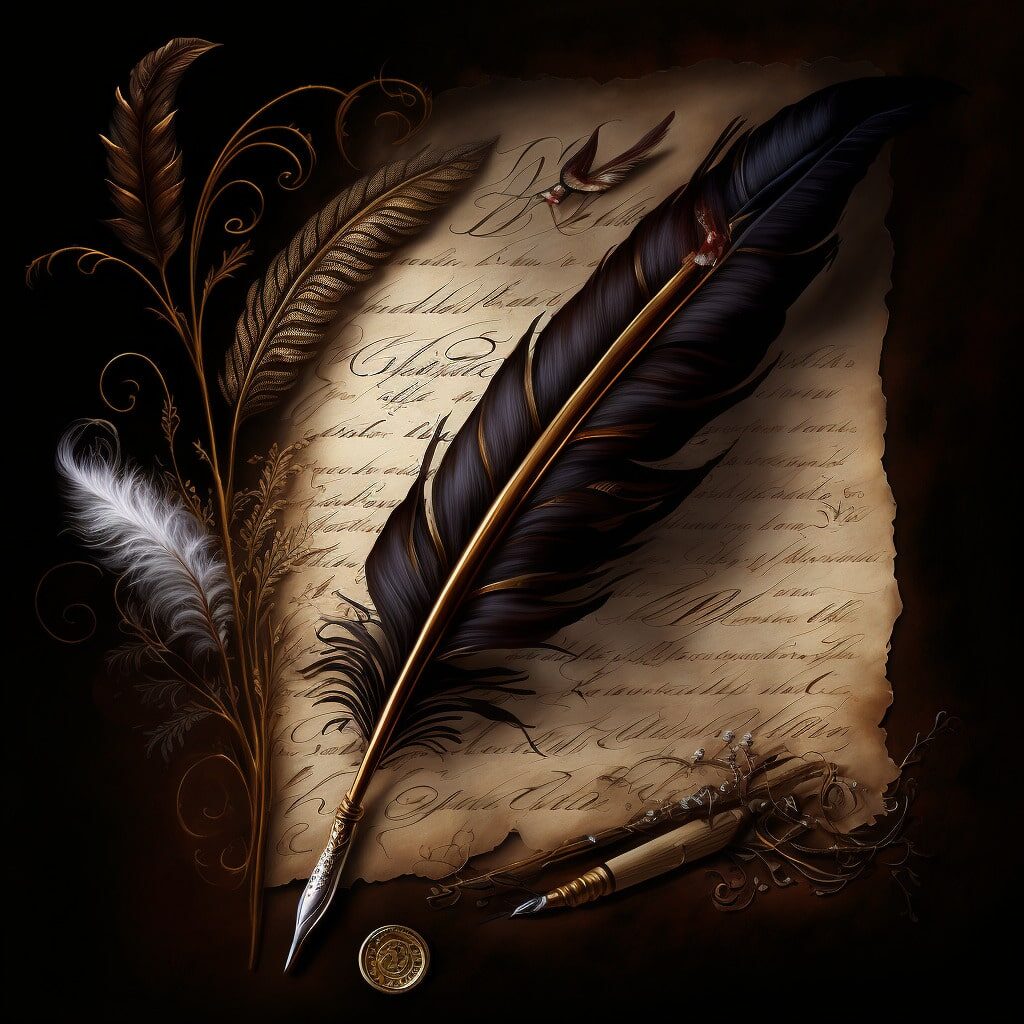NFT art. If you’re an artist who is unsure about whether or not to try NFTs, you’re not alone. With the rise of blockchain technology, NFTs have become a hot topic in the art world. However, with so little information available and a lot of misinformation circulating, it can be difficult to know where to start. Perhaps you’re curious about NFTs but don’t know where to begin. Maybe you’ve heard bad things about them and now you’re unsure of what to think.
We get it. It’s confusing. So, let us provide a bit of clarity so that you can decide whether NFTs are right for you.
Here’s 7 reasons why (we believe) you should make NFT art.
1. NFT Art Provides a Unique, Unobstructed Way to Showcase and Sell Your Work
NFTs provide a convenient platform for artists to sell their work directly to collectors, without the need for intermediaries such as galleries or auction houses. This allows artists to retain a larger share of the profits from their art sales, and gives them the opportunity to build a dedicated fan base of collectors who value their work. The result? Greater control and a more engaging relationship with their collectors.
2. NFTs Allow Artists to Retain Ownership and Control
NFTs enable artists to set certain restrictions on their digital art, such as limiting the number of copies that can be made, and deciding how the art can be displayed and shared. This allows artists to retain final and ultimate control over their digital creations and ensures that they are properly credited and compensated.

3. NFT Art Is an Entirely New Revenue Stream for Artists
The growing popularity of NFTs has led to a surge in demand for digital art, which is now a rapidly growing market, providing artists with new and potentially lucrative markets for their creations. The ability for artists to sell their work without a middle-man has also created a more accessible market for digital art collectors, whose options for purchasing a piece of art has never been easier. These days, collectors can purchase great works of art from the comfort of their own home, which means that more and more potential collectors are entering the market.
4. NFTs Have the Built in Ability to Track Sales and Verify Authenticity
Unlike traditional artwork that can be reproduced easily, NFT collections are digital assets that are verified on a blockchain, ensuring that each piece is one-of-a-kind and cannot be replicated. Because NFT art is stored on a blockchain, the sales and distribution of the artwork can be easily tracked and managed, both on the consumer end, as well as the artist end. This ensures that artists and customers alike can rest assured that the work they’re purchasing is 100% authentic, as it is verifiable and immutable on the blockchain. That’s something that most art galleries are unable to claim with certainty.
5. NFT Collections Can Increase Visibility and Recognition of an Artist’s Work
Creating an NFT collection allows artists to group their work together in a cohesive manner, making it easier for potential buyers to view and appreciate their style and body of work. The use of NFTs can help artists gain exposure to a broader audience, as the digital nature of the platform allows for their work to be easily shared and discovered.
Working on an NFT collection can also help artists build a loyal fanbase and sometimes leads to collaboration opportunities. And, once an artist is liked and discovered by enough people in the space, the value of their remaining work tends to rise rapidly as well. Because of this, NFT collections can be a valuable tool for artists looking to increase the visibility and recognition of their work, even if they are primarily an artist who makes singular pieces rather than collections.
6. NFT Art is Greener than Traditional Art
In the early days, the main charge against NFTs was that they were bad for the environment. While that may have been true at its start, today, the blockchains that NFTs are created, sold, or traded on are now overwhelmingly Proof-of-Stake. Proof-of-Stake (avoiding a long and tedious technical explanation) means that they effectively use drastically less energy than in the past. For instance, Ethereum, the blockchain with the largest amount of NFT sales, reduced their energy consumption by 99.95% overnight in mid-September of 2022.
Furthermore, NFT art allows ecologically minded artists to make greener artwork by providing them a platform to create and sell digital art without the need for physical materials or resources. With NFTs, artists can create artworks using digital tools and software, eliminating the need for traditional art materials such as paint, canvas, or paper. This not only saves on resources and reduces the artist’s carbon footprint, but it also makes the creation and distribution of their artwork more efficient and cost-effective.
It is just a stone cold fact that NFT art is ecologically friendlier than just about any art form you can imagine. For a deep dive into the subject, take a look at an article we wrote for our Substack newsletter, earlier this year.
7. NFT Art Preserves an Artist’s Work for Future Generations
One of the unique advantages of NFT art is that it allow artists to preserve their work in a digital format that cannot be destroyed, so long as the internet remains a thing. And, if the world does suddenly plunge into darkness and is permanently rid of the internet, it’s safe to say that we’ll have bigger things to worry about anyways.
Unlike physical artwork, which can be damaged, lost, or destroyed over time, NFTs exist on the blockchain and are protected by advanced cryptography. This means that an artist’s work, once it has been turned into an NFT, can be accessed and appreciated by future generations. It also means that an artist’s work is fire-proof, will not degrade, and will not end up in some dusty attic or Goodwill discount bin long after the artist is gone.

In Closing
Getting in on the ground floor and becoming familiar with NFTs and the technology behind them provides artists the opportunity to make a name for themselves in a blossoming new field that is seeing rapid and extensive growth.
Are you an artist ready to launch your own NFT collection, or are simply interested in learning more? Check out Launchpad, our no-code smart contract generator: it can help you build your collection quickly and easily even with no coding knowledge. This allows you to focus on what you do best—creating more art. But that’s not all! For artists who are ready to tackle allowlists for their new NFT collections and art, we recommend our free allowlist manager, HeyMint. Finally, if you’d like to read more informative articles, be sure to check out the rest of our blog.
Until next time!
Further Reading

NFTs for Dummies
How Much Does It Cost to Make an NFT?
9 Things That Prevent You From Getting “Sad” as a Web3 Founder in a Bear Market
NFT Art Examples to Inspire You
NFT Scams: 10 Types You Need to Know